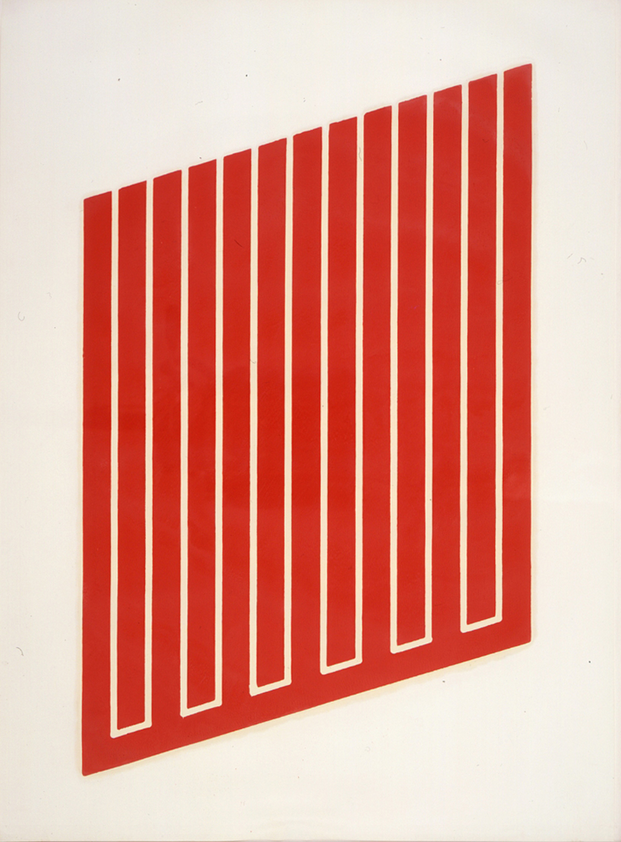Donald Judd was an influential American artist known for his large-scale and unadorned sculptures. Though considered by many to be an important figure of Minimalist Art, Judd disavowed this classification. His work in extreme visual reduction explored the specific natures of objects, their spatiality, and their relationship to the viewer. Like his peers Tony Smith, Dan Flavin, and Robert Morris, Judd carefully considered the environment to which his sculpture was introduced. “A work can be as powerful as it can be thought to be,” the artist wrote in 1965. “Actual space is intrinsically more powerful and specific than paint on a flat surface.” Born Donald Clarence Judd on June 3, 1928 in Excelsior Springs, MO, the sculptor, painter, designer, and writer moved to New York to pursue a degree in philosophy at Columbia University while attending the Art Students League in the evenings. Judd died on February 12, 1994 in New York, NY at the age of 65, and his two residences in New York and Marfa, TX now offer permanent displays of his work to the public.

